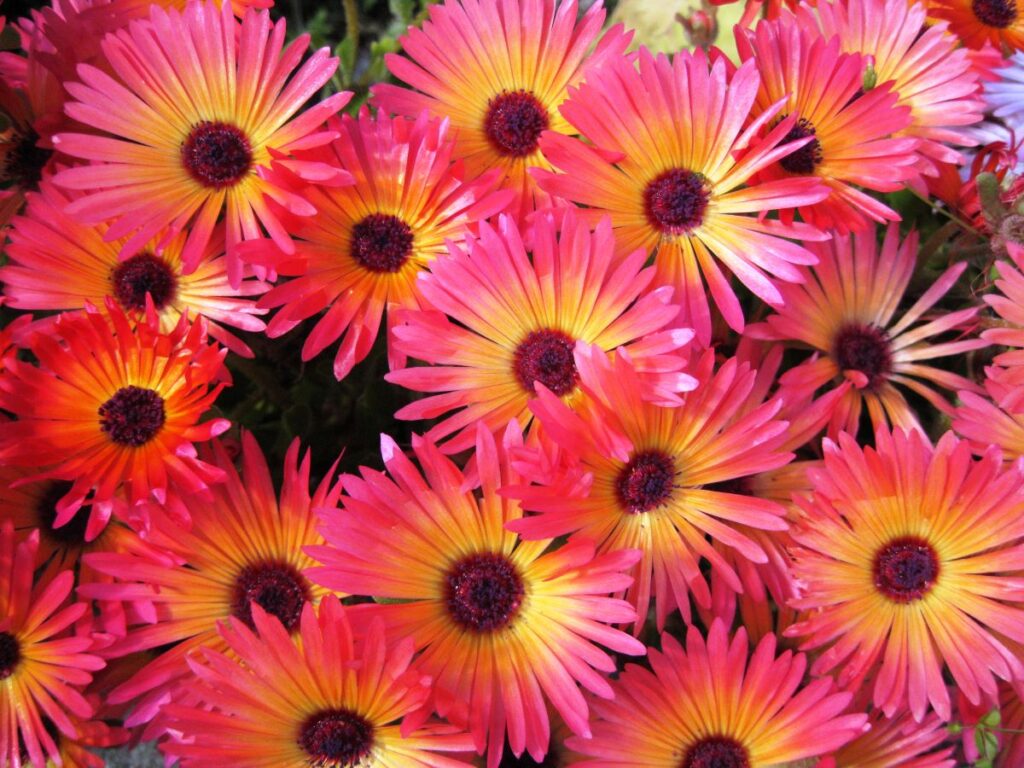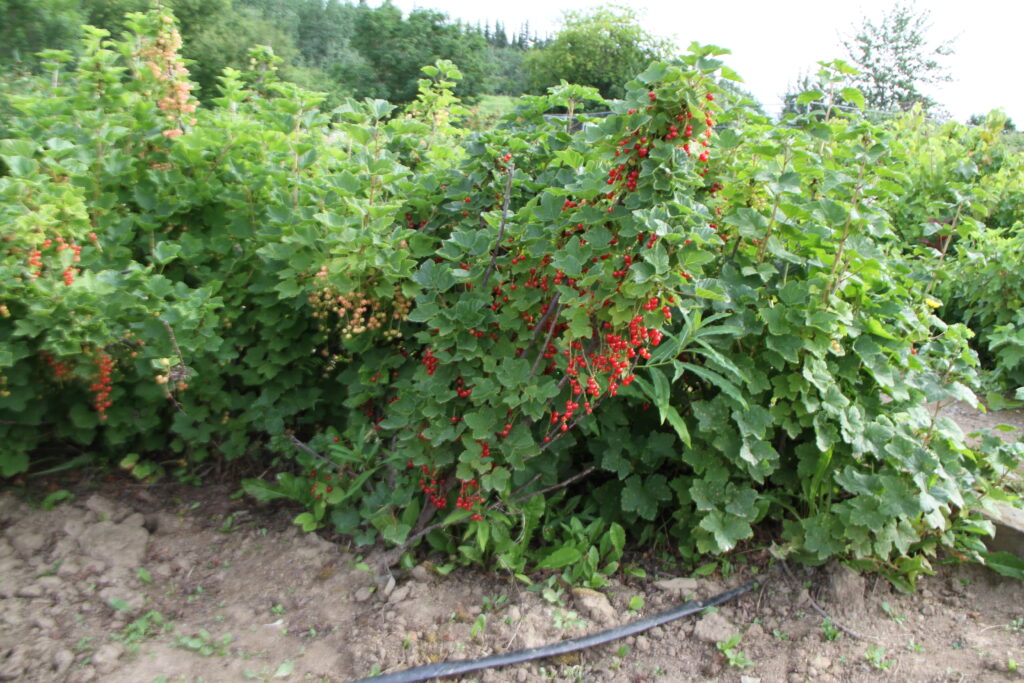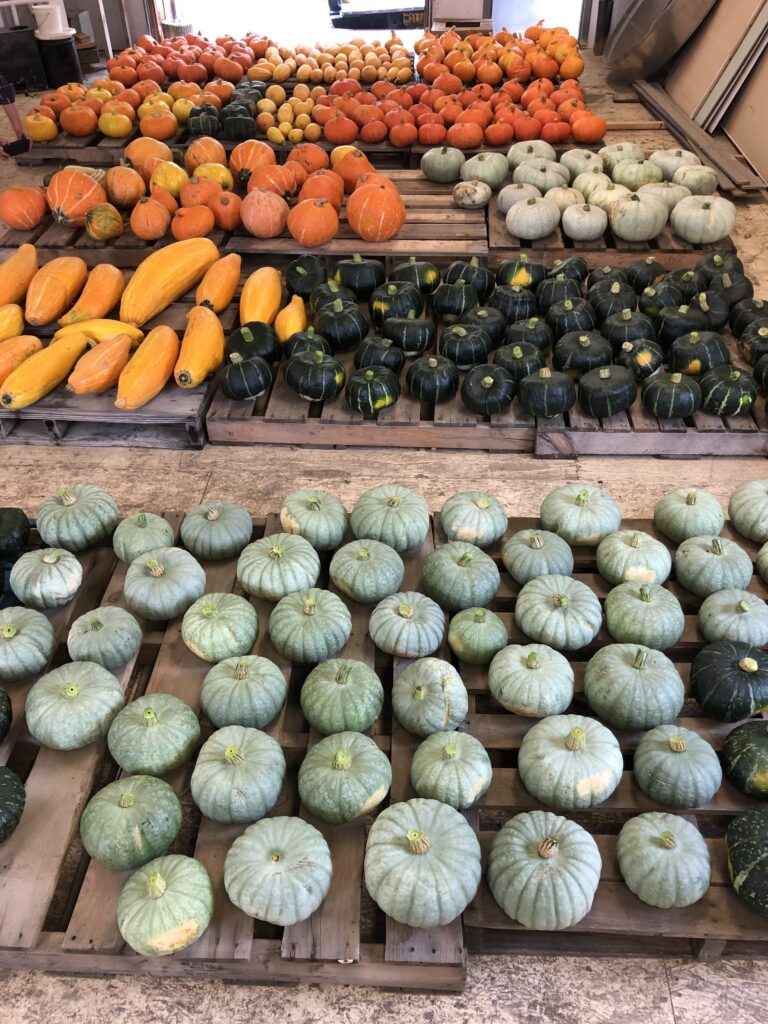It’s not hard to dream about what you will plant in your garden when the seed catalogs start arriving, or you go to the greenhouse and see the luscious vegetables and gorgeous flowers. However, an overcrowded garden will be less bounteous and beautiful than a thoughtfully planned one with adequately spaced plants.

When choosing what to grow, try to find relevant information that is local, unbiased, and not profit-driven. Seed companies and catalogs are a great source of information, but they may not have done trials in Alaska. At the end of the day, they are also a business. When buying seeds, look for varieties that are identified as being adapted to short, cool growing seasons. For some crops like onions or strawberries you need to consider how day-length affects fruit maturation and keep your eye out for day-neutral varieties. For crops like spinach, look for bolt-resistant varieties. Take note that some varieties are developed to be grown in containers and some in a greenhouse.
If you’re a new gardener, you’ll be doing a fair bit of experimentation in your first few years. What grows well in your space? What do you like to eat? What flowers do you find beautiful? What is easy for you to grow?
As you gain experience, you will learn from that and use it to better plan your garden the following year. This is the time to pull out your garden journal from last year (you kept one, right?). Unless your memory is better than average, your best bet is to keep a garden journal so that you can recall:
- What you planted (crop and variety);
- When you planted it;
- How well it did (consider recording harvest dates and amounts);
- Where you planted it so that you can rotate crops. Last summer, I kept a time-lapse photo journal with accompanying comments. I had fantastic luck with Marketmore and Diva cucumbers in the ground and an English cucumber in a pot, and will probably grow those again.
At some point, you should aim to experiment in only about 10% of your garden. This keeps gardening fun and allows you to benefit from your experience and grow those tried-and-true varieties. Ben Hartman suggested this in The Lean Farm. The availability of certain varieties is always changing so sometimes you’re forced to try a new variety even if you have a favorite that works for you.
The USDA Plant Hardiness Zone Map shows that Alaska is warming as does the Alaska Garden Helper which also predicts longer growing seasons in the future. Unfortunately, this comes with more storms, extreme temperature swings, and overall unpredictability. Your growing zone is a good consideration for perennials, but there are lots of other factors to consider as well.
I’m excited to try more perennial vegetable crops like skirret, which is akin to carrots. I’d also like to grow stinging nettle. One species, Urtica dioica, is native to Southcentral and Southeast Alaska. It could be a bit weedy, so I’ll grow it in an area that won’t take over my garden. I hope I will avoid accidentally transferring it to my main garden and end up weeding it and getting stung!
I’d also like to try some new raspberry varieties including Prelude, Nova, and Encore, which may or may not thrive or survive temperatures below minus 30 to 40°F.
I also want to plant Jonkeer Van Tets red currants, which are supposed to be one of the tastier varieties.

At the 2023 Alaska Farm and Food Festival, Heidi Peroni, sales representative with Johnny’s Select Seeds, had a few suggestions for vegetables with the fewest days to maturity to grow this summer:
- Bolt XR (F1) sweet corn, 67 days
- Purple Moon (F1) purple cauliflower, 62 days
- Caravel carrots, 58 days
- Purple Star carrots, 68 days
- Honey Bun (F1) winter squash, 95 days
- Honey Bear (F1) winter squash, 85 days
At the same conference, Glenna Gannon, with the University of Alaska Fairbanks, talked about the vegetable variety trials. In Fairbanks trials from 2017 to 2022, nine beet varieties were planted. Zeppo, Robin, and Subeto yielded significantly higher than the other varieties. From 2018 to 2022, Sugar Pearl, Espresso, Temptress, Cafe, Sugar Buns, and Ruby Queen were the top-yielding sweet corn varieties out of 24 tested. Hot peppers, melons, artichokes, garlic, leeks, and winter squash were also evaluated in unreplicated trials.

I’ve always loved the look and taste of purple vegetables, which are rich in antioxidants. I’m also excited to try some winter squash varieties. They do well in the heat and have the added benefit of keeping for months on the counter. I’m going to plant them in pots because I know they will sprawl.
I teach Growing a Productive, Sustainable Garden in Alaska (3 UAF credits) each spring and ask my students about their tried and true varieties as well as what they would like to try. I have heard about some interesting varieties this way such as black kale and black cherry tomatoes.
This summer, I plan to grow some eye-popping flower varieties, including Monaco Orange snapdragons, SunFill purple sunflowers, Sunday Mix celosia, and Purple Persian ranunculus (Here’s a helpful article about growing ranunculus in Anchorage). I want to fill my table regularly with fresh bouquets. For additional flower inspiration, check out Proven Winners.
What are you excited to grow this summer? What has grown well for you in the last couple of summers? Please share in the comments.
If you’ve never ever gardened in Alaska before, check out this blog post and video.
Published in the Fairbanks Daily Newsminer May 26, 2024.